Cyberpunk Classic 400 Boys Reimagined in Netflix’s Love, Death and Robots
Marc Laidlaw penned 400 Boys in 1981 at age 21, years before becoming Valve’s lead writer and a key architect of the Half-Life series. First published in Omni magazine in 1983, the story later gained a wider audience through Mirrorshades: The Cyberpunk Anthology. On his website, Laidlaw notes that 400 Boys has likely reached more readers than any of his other works, aside from perhaps Dota 2 seasonal ad copy. While best known for Half-Life, Laidlaw’s creative footprint extends far beyond gaming. It’s a curious twist of fate.
In a ravaged city where rival gangs uphold a samurai-like code, the emergence of the 400 Boys unites them in conflict. Directed by Canadian filmmaker Robert Valley, whose “Ice” episode earned an Emmy for Outstanding Short Form Animation, this adaptation blends raw beauty with visceral intensity.
“The idea sparked from just walking around,” Laidlaw recalls. “In Eugene, Oregon, I’d see phone poles plastered with band names from local gigs. I wanted to capture that energy. So I thought, if I create a story with all these gangs, I can invent names for them. That was the fun part, and it shaped much of the story.”
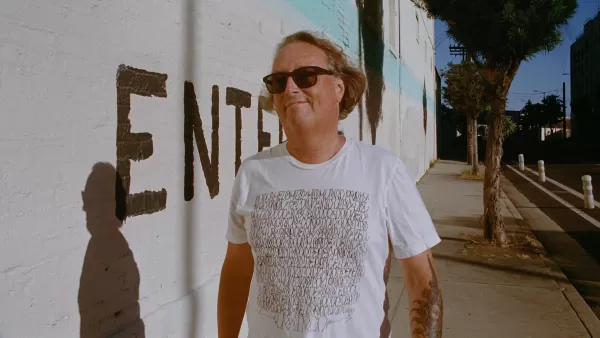
Four decades after its debut, 400 Boys is now an episode in the fourth season of Netflix’s acclaimed animated anthology Love, Death and Robots. Directed by Robert Valley, known for Zima Blue and Ice, and adapted by Tim Miller, the episode features John Boyega, of Star Wars fame, in its voice cast. Suddenly, 400 Boys is in the spotlight. Laidlaw never saw it coming.
“The story faded into the background, but cyberpunk endured,” Laidlaw shares via video call, just days before the Season 4 premiere of Love, Death and Robots on Netflix.
Forty years is a long wait for an adaptation, isn’t it? About 15 years ago, Tim Miller, then at Blur, a studio known for stunning video game cinematics, reached out about adapting 400 Boys. The project fizzled amid studio shifts, as many do.
Then, in March 2019, Love, Death and Robots burst onto Netflix. This bold, adult-oriented anthology stood out with its daring, eclectic episodes. Laidlaw noticed Miller’s involvement. “I was impressed by Tim’s work, especially adapting J.G. Ballard’s The Drowned Giant into an animated episode,” he says. “That earned my respect.”
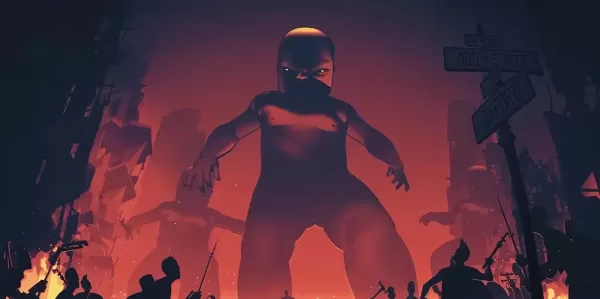
In 2020, Laidlaw relocated to Los Angeles. As the pandemic waned, he crossed paths with Miller at local events. He didn’t pitch 400 Boys but hoped the anthology’s success might revive interest. A year ago, he received an email asking if he’d consider optioning the story. It was finally happening.
Laidlaw discussed the story with Miller, who wrote the script, ensuring it stayed true to the original while adding visual flair. He also spoke briefly with director Robert Valley, sharing an audiobook of 400 Boys he’d narrated during the pandemic for online audiences.
Laidlaw took a hands-off approach. “It was refreshing to step back and not be in the weeds for once,” he says. “I wanted to see what they’d create and enjoy the result.”
He’s seen the episode and is thrilled. “John Boyega, the characters, the accents, the setting—it’s so vibrant. They made the story visually spectacular.”
Laidlaw calls 400 Boys a piece from “a different version of me, from another lifetime.” Written in his youth, he remains proud of it. “I’m still pleased with it, considering how young I was.”
“Then came a long stretch of quiet,” he adds. In 1997, he joined Valve as it developed Half-Life, launching a new chapter in his career.
Laidlaw left Valve in 2016, a move that felt like a full retreat from the industry. In reality, he’s financially secure enough to pursue passion projects on his own terms. “I think I stepped back too sharply,” he admits. He never intended to stop creating. Writing remains his focus, but the publishing world shifted while he was immersed in games. New video game projects aren’t feasible either. “I can’t make a game solo,” he says.
Now, Laidlaw explores music. His audience grew after Valve’s Half-Life 2 anniversary documentary last year, when he shared a rare development video on YouTube. “I’m in the wrong line of work!” he laughs. “Maybe I should just leak old Valve secrets.”
Reflecting on the Half-Life documentary, Laidlaw says, “It was cathartic to revisit that era, reconnect with old colleagues, and tie a bow on it.”
“I hadn’t seen many of them in years. Some are still at Valve, but I’m not in the loop anymore. It was fun to reminisce and process it all.”
With Half-Life and Half-Life 2 documentaries complete, only Dota 2, now 12 years old, remains for potential reflection. “I could talk about Dota,” he says, half-joking. Maybe in eight years, Valve will call. Or perhaps they’ll revisit Alien Swarm, where he had a minor role.
It’s hard to talk to Laidlaw without touching on Half-Life. With the documentaries out, the past is well-covered. But what about the future? I wonder if Half-Life 3 is on the horizon. Laidlaw sidesteps, noting he’s disconnected from Valve’s current team. Even if he weren’t, he wouldn’t spill secrets here.
Instead, I ask if he’d write for a game again. He’s open to it, even suggesting he could have polished dialogue for Hideo Kojima’s Death Stranding. “I’d have loved to refine lines for actors without disrupting the vision,” he says.
Surprisingly, post-Valve offers were underwhelming. “I got odd requests, like writing a synopsis for a mobile laser tag game,” he says. “They didn’t understand my work.”
“I expected more compelling opportunities,” he adds. “I see projects like FromSoftware’s, where they tapped George R. R. Martin. I don’t have that name recognition, but those kinds of projects excite me.”
The lack of fitting offers caught him off guard. “People assume I’d write reams for a game, but Half-Life’s strength was its minimal writing. I hated heavy text in games.”
Finally, I ask if he’d return for Half-Life 3 if Valve called. “No,” he says firmly. “I wouldn’t. Even at Valve, I started feeling like the old guy stifling ideas. You need fresh voices—fans and creators inspired by the work. I’d be holding things back, saying, ‘That’s not how G-Man would act.’ I had to step back from that.”
“I haven’t played Half-Life: Alyx, so I’m out of touch. I’m not at the cutting edge anymore, and that’s not where my interests lie. Game development is grueling, and I can’t keep up. I’m done with Half-Life, though maybe not games entirely.”
So, Half-Life and Marc Laidlaw have parted ways. But his past work remains relevant. Netflix’s adaptation of 400 Boys, 40 years later, proves it. Perhaps one day, Netflix will approach Valve to adapt Half-Life. Then Laidlaw might find himself revisiting this journey.
“I stumbled into cyberpunk before it had a name and joined a fledgling game company that made Half-Life. I’ve been fortunate to be part of these cultural moments.”
-
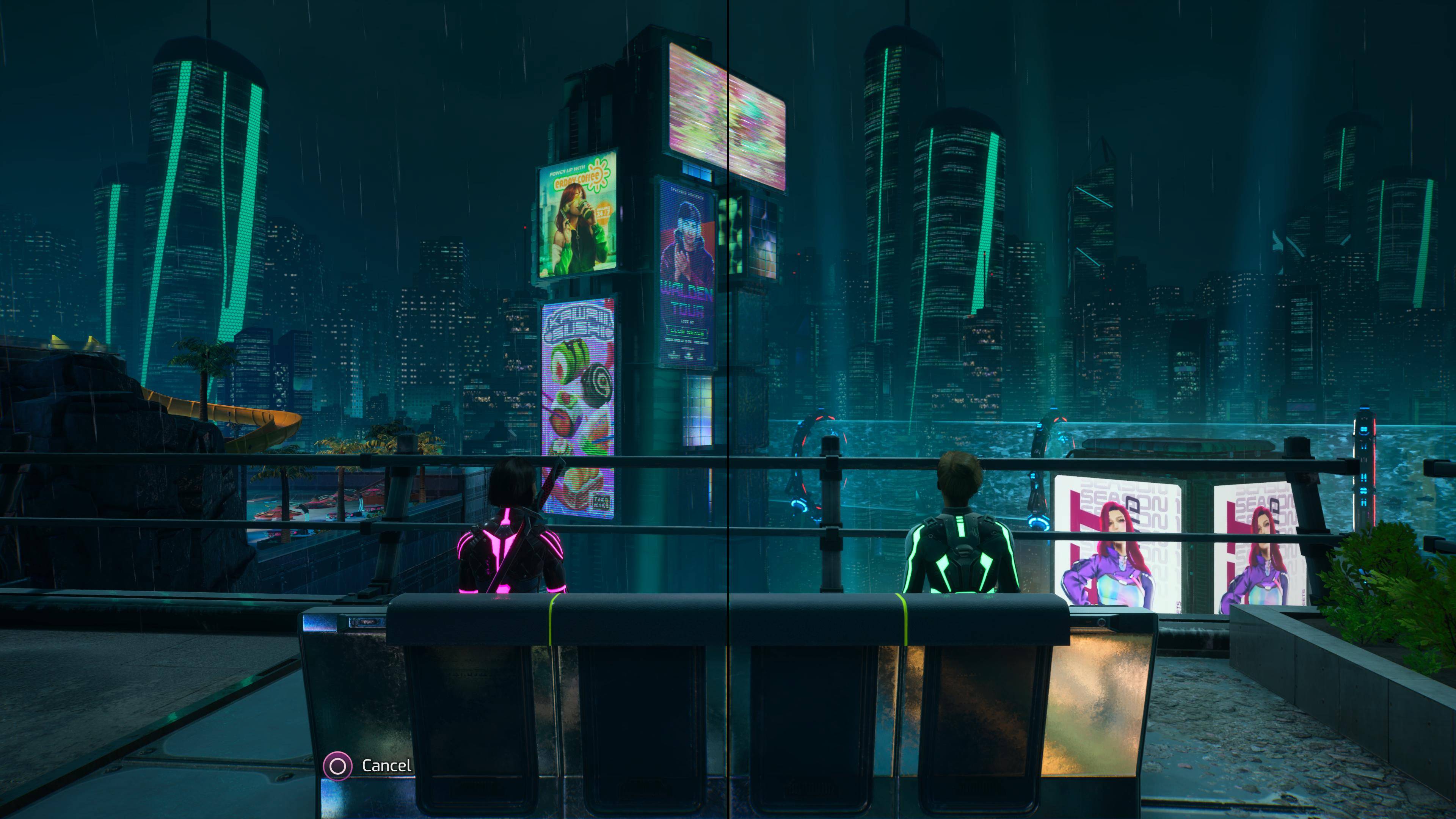 Mar 17,25All Split Fiction Achievements & How to Unlock Them Dive into the captivating co-op adventure Split Fiction from Hazelight Studios! This guide outlines every achievement, ensuring you and your partner conquer every challenge. While some trophies are earned naturally through the story, many require thorough exploration and unique actions. Use this g
Mar 17,25All Split Fiction Achievements & How to Unlock Them Dive into the captivating co-op adventure Split Fiction from Hazelight Studios! This guide outlines every achievement, ensuring you and your partner conquer every challenge. While some trophies are earned naturally through the story, many require thorough exploration and unique actions. Use this g -
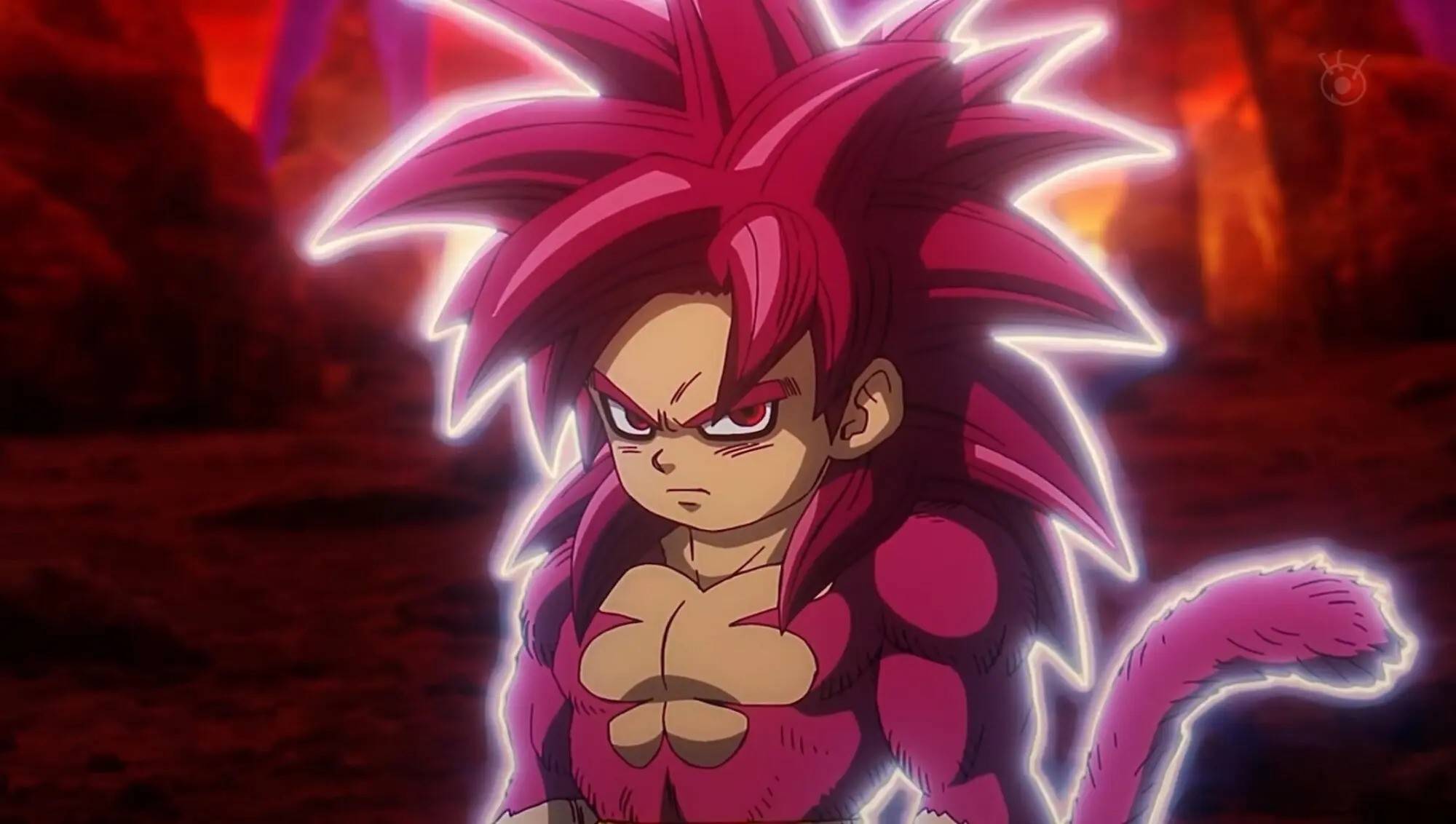 Mar 19,25How Does Dragon Ball Daima’s Finale Explain Goku Never Using Super Saiyan 4 in Super? The climactic battle in Dragon Ball Daima's finale pits Gomah against Goku, showcasing Goku's newly acquired form. This episode naturally led many fans to anticipate an explanation for Super Saiyan 4's absence in Super. So, how does the finale address this?In episode 19, after Glorio's wish restore
Mar 19,25How Does Dragon Ball Daima’s Finale Explain Goku Never Using Super Saiyan 4 in Super? The climactic battle in Dragon Ball Daima's finale pits Gomah against Goku, showcasing Goku's newly acquired form. This episode naturally led many fans to anticipate an explanation for Super Saiyan 4's absence in Super. So, how does the finale address this?In episode 19, after Glorio's wish restore -
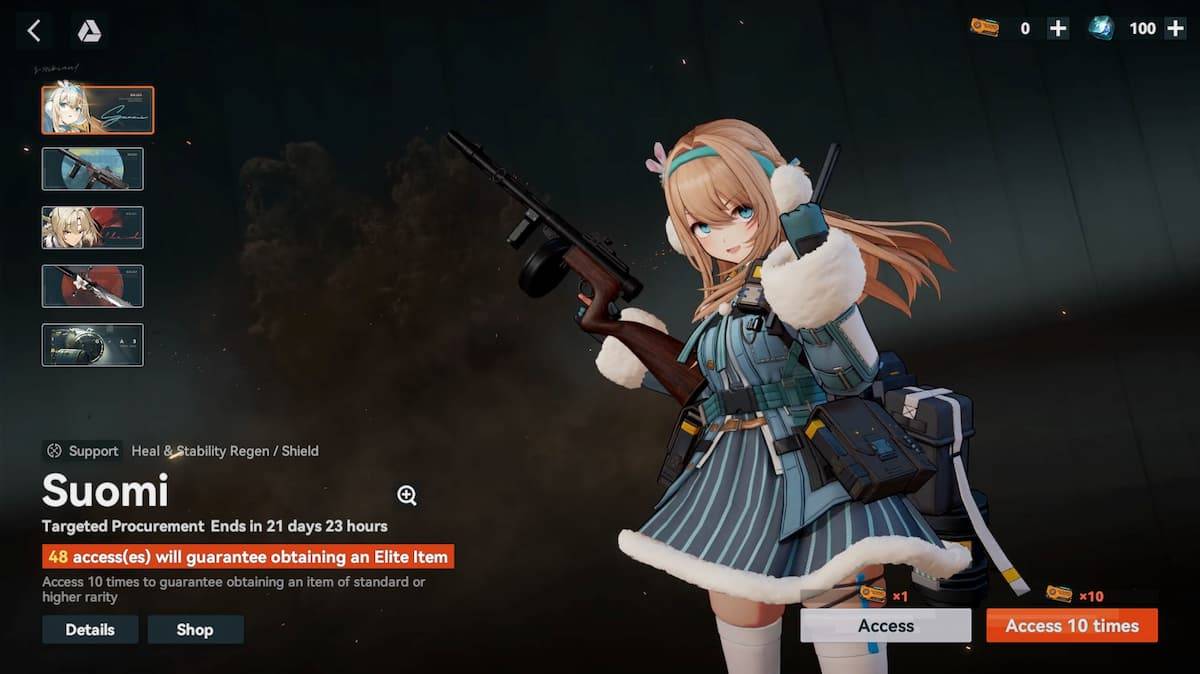 Jan 16,25Girls' Frontline 2: Exilium Tier List Released Another free-to-play gacha game, another character ranking to guide your investment choices. This Girls’ Frontline 2: Exilium character tier list helps you prioritize which characters are worth your resources. Girls’ Frontline 2: Exilium Character Tier List Here's a breakdown of currently available
Jan 16,25Girls' Frontline 2: Exilium Tier List Released Another free-to-play gacha game, another character ranking to guide your investment choices. This Girls’ Frontline 2: Exilium character tier list helps you prioritize which characters are worth your resources. Girls’ Frontline 2: Exilium Character Tier List Here's a breakdown of currently available -
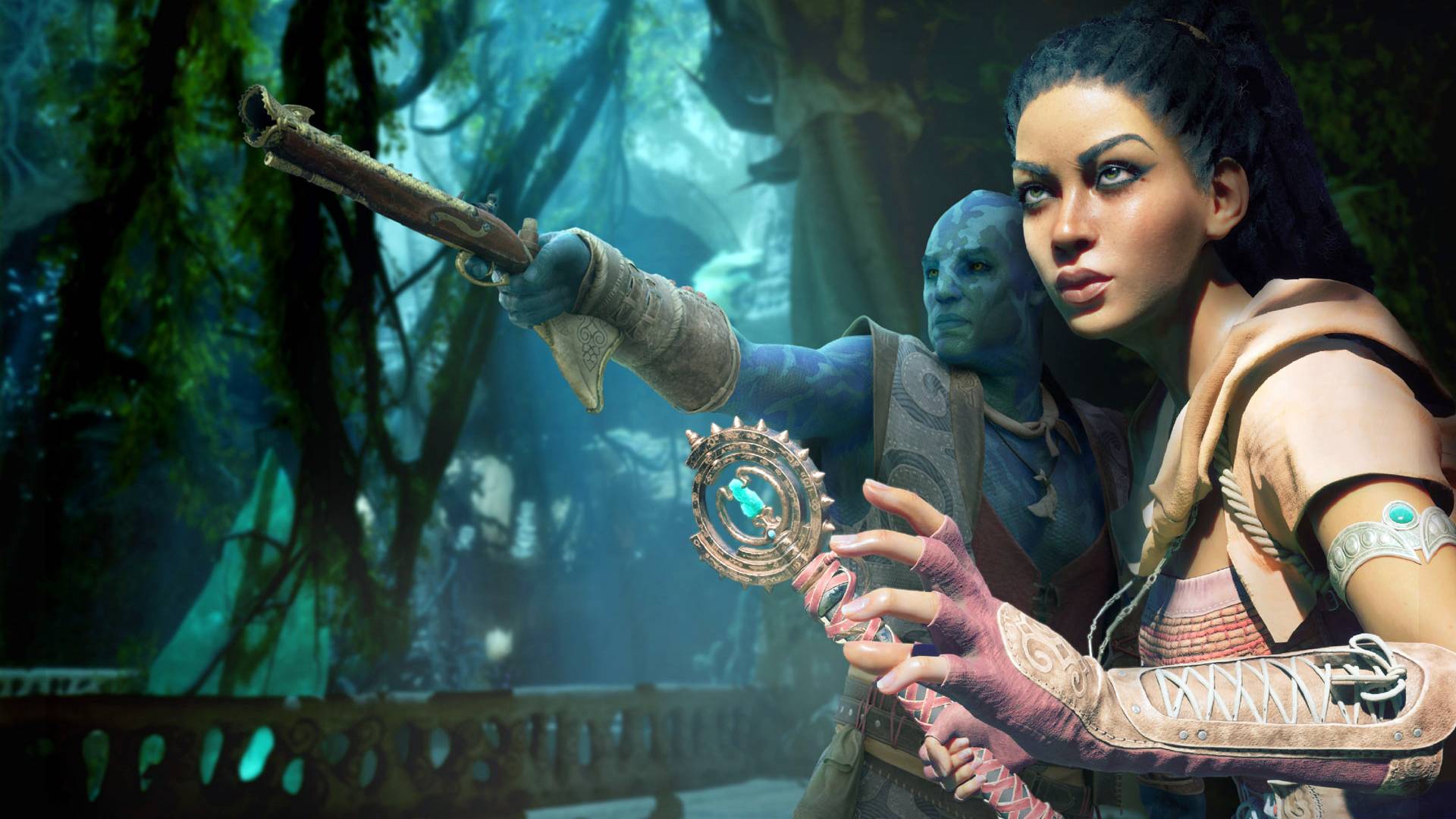 Mar 18,25Avowed Best PC Settings for Max FPS *Avowed*, a visual masterpiece, immerses you in a richly detailed world. To fully appreciate its stunning graphics without sacrificing performance, optimizing your PC settings is key. This guide helps you strike the perfect balance between breathtaking visuals and smooth gameplay.Recommended Videos
Mar 18,25Avowed Best PC Settings for Max FPS *Avowed*, a visual masterpiece, immerses you in a richly detailed world. To fully appreciate its stunning graphics without sacrificing performance, optimizing your PC settings is key. This guide helps you strike the perfect balance between breathtaking visuals and smooth gameplay.Recommended Videos
